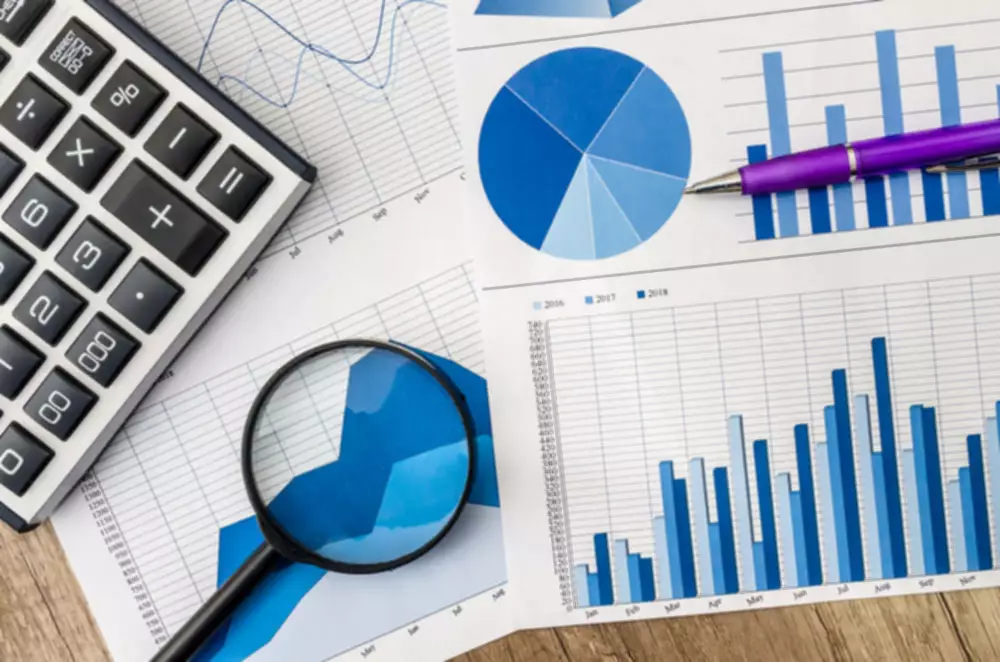Content

Unearned revenue is helpful to cash flow, according to Accounting Coach. Unearned revenue is usually disclosed as a current liability on a company’s balance sheet. This changes if advance payments are made for services or goods due to be provided 12 months or more after the payment date. In such cases, the unearned revenue will appear as a long-term liability on the balance sheet. It’s always great to be paid in advance for goods and services yet to be delivered. However, until those products or services have been provided to your customers, any money received in advance is considered unearned revenue.
What is an example of accrued revenue?
Accrued revenue is earnings from providing a product or service, where payment has yet to be issued to the provider. Due to this, accrued revenue is recorded as a receivable owed by the customer for the business transaction. For example, a SaaS company may acquire a customer who needs a service for the next six months.
Under the liability method, you initially enter unearned revenue in your books as a cash account debit and an unearned revenue account credit. The debit and credit are of the same amount, the standard in double-entry bookkeeping. The first journal entry reflects that the business has received the cash it has earned on credit. This is money paid to a business in advance, before it actually provides goods or services to a client. When the goods or services are provided, an adjusting entry is made.
Examples of Unearned Revenue
First, you will debit prepaid revenue under current liabilities or the specific unearned revenue account type. Later, you will make the necessary adjusting journal entries once you recognize part of or the entire prepaid revenue amount.
By moving the money with an adjusting entry at the end of the month, it is recognized in the month that the revenue was earned. If all of the money is not earned, such as a cancelled contract, the transaction must be handled differently. An example of unearned revenue is when someone signs a yearlong contract with a meal delivery service.
What is Unearned Revenue?
Unearned revenue is a common type of accounting issue, particularly in service-based industries. https://www.bookstime.com/ By treating it as a liability for accounting purposes, you can keep the books balanced.
- After delivery, the payment switches from liability to revenue.
- But let’s look at a practical example to help solidify the concept.
- The revenue is transferred from the unearned revenue to the earned revenue account (i.e. sales revenue) once the product or service has been delivered to the customer.
- This marks the amount you earn each month, and keeps you compliant.
- First, you will debit prepaid revenue under current liabilities or the specific unearned revenue account type.
Unearned revenue is recognized and converted into earned revenue as products and services get delivered to the customer. The conservatism principle says that no profit should be recorded by a company until it’s certain to occur. Basically, we want to be cautious about reporting items on financial statements. We only want to recognize revenue once specific tasks have been completed, which give us full claim to the money. Unearned revenueis any money received by a company for goods or services that haven’t been provided yet. It’s a buyer prepaying for something that will be supplied at some point in the future. Once a company delivers its final product to the customer, only then does unearned revenue get reversed off the books and recognized as revenue on your profit and loss statement.
Reporting Unearned Revenue
The customer gives the company $5,000 on December 28 and the company will begin work on the special order on January 3. On December 28 the company will debit Cash for $5,000 and will unearned revenue credit a liability account, such as Customer Deposits for $5,000. No revenue is reported in December for this special order since the company did not perform any work in December.
